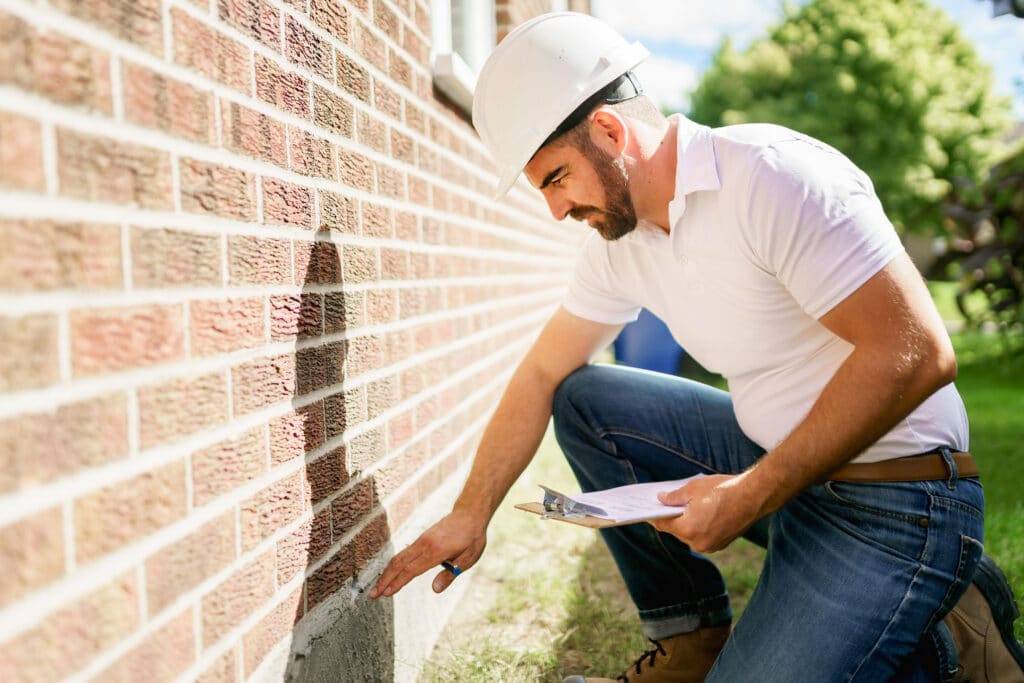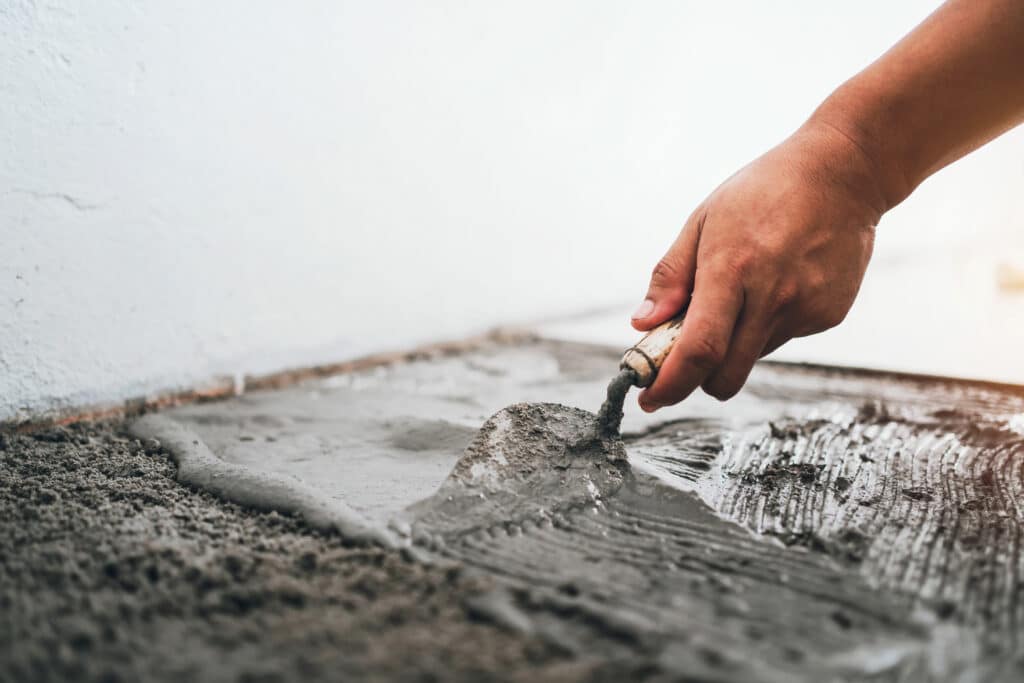Common Causes of Foundation Problems in Tallahassee
A few factors can lead to foundation issues. Here are the most prevalent ones for Tallahassee residents:
- Soil composition: Soil with large clay or sand concentrations is highly expansive. In the heavy rainfall Tallahassee gets, the soil absorbs moisture like a sponge, then releases it in dry seasons. The constant expansion and contraction puts pressure on nearby foundations, even if the foundations stay dry.
- Standing water: Water accumulation around your home can be menacing to your foundation's integrity, especially when it gathers in areas your gutter system doesn't protect.
- Improper modifications: Landscaping or roofing work that wasn't done to standard could result in your foundation settling.
- Aging plumbing: While many Tallahassee homes are fairly new, some still use cast-iron plumbing. When the pipes start eroding, leaking water could reach your foundation and even pool beneath it.
- Tree Roots: Tree roots can intrude into a home's foundation through cracks, and may create stress that results in your foundation cracking, pipes being damaged, and overall structural weakening.
How to Choose the Best Foundation Repair Company
Your home's foundation is vital to its stability, so it's important to work with a trustworthy foundation repair company. Evaluate each company using the following factors:
Licensing and Experience
Florida's contractor licensing system is rather unique. The state's Department of Business and Professional Regulation issues "certified" contractor licenses in building, general contracting, and residential construction that foundation companies must earn. There are also "registered" licenses issued at a local level. To further understand your contractor's experience, we recommend asking questions about what local codes apply to your project, how its team will draft plans and pull permits, and how the company inspects foundations.
Contractor websites are among the best places to do your research. Usually, a business will show how long it's been in business. It might also share blog posts to help potential clients.
Customer Reviews
We advise checking the company's Better Business Bureau (BBB) profile to see whether it's accredited and has a high customer review score. You can see whether other homeowners have shared satisfaction or filed complaints. Pay special attention to what customers say about company warranties. Negative feedback doesn't mean a contractor is bad news. BBB reviews show how the company addressed complaints. It's a positive sign if the company has fixed issues proactively and favorably. You should steer clear of a company with many negative reviews, no certifications, and no communication regarding issues.
Foundation Repair Cost in Tallahassee
The price of foundation repair can differ quite significantly based on the severity of the issues and what must be fixed. For minor foundation cracking and settling concerns, you may pay as little as $1,800. However, if there is substantial damage, the average cost falls at about $2,200. More intricate projects requiring digging, helical piers, or major mudjacking could cost $6,600+. This table shows the average foundation repair costs for common issues.
| Common Foundation Repair Services | Average Cost |
|---|---|
| Crack Repair | $274 |
| Leak Repair | $2,081 |
| Stabilization | $3,517 |
| Underpinning | $1,056 |
| Waterproofing | $2,287 |
Ready to Get a Quote on Your Foundation Repair Project?
Please enter a valid 5-digit zip code!
Frequently Asked Questions About Foundation Repair in Tallahassee
What will I pay to repair my foundation in Tallahassee?
When do I need to waterproof my foundation?
Note that there are two kinds of waterproofing. Interior waterproofing involves installing sump pumps and drains or using sealants around a crawlspace. Outdoor waterproofing is usually less expensive. It involves installing exterior drains and establishing physical barriers between your foundation and yard.
Will my homeowners insurance cover foundation repair?
What are some "red flags" indicating a foundation company to avoid?
To share feedback or ask a question about this article, send a note to our Reviews Team at reviewsteam@thisoldhousereviews.com.
More Foundation Resources
National Foundation Repair Ranking Methodology
Sources
U.S. Census Bureau (American Communities Survey)














